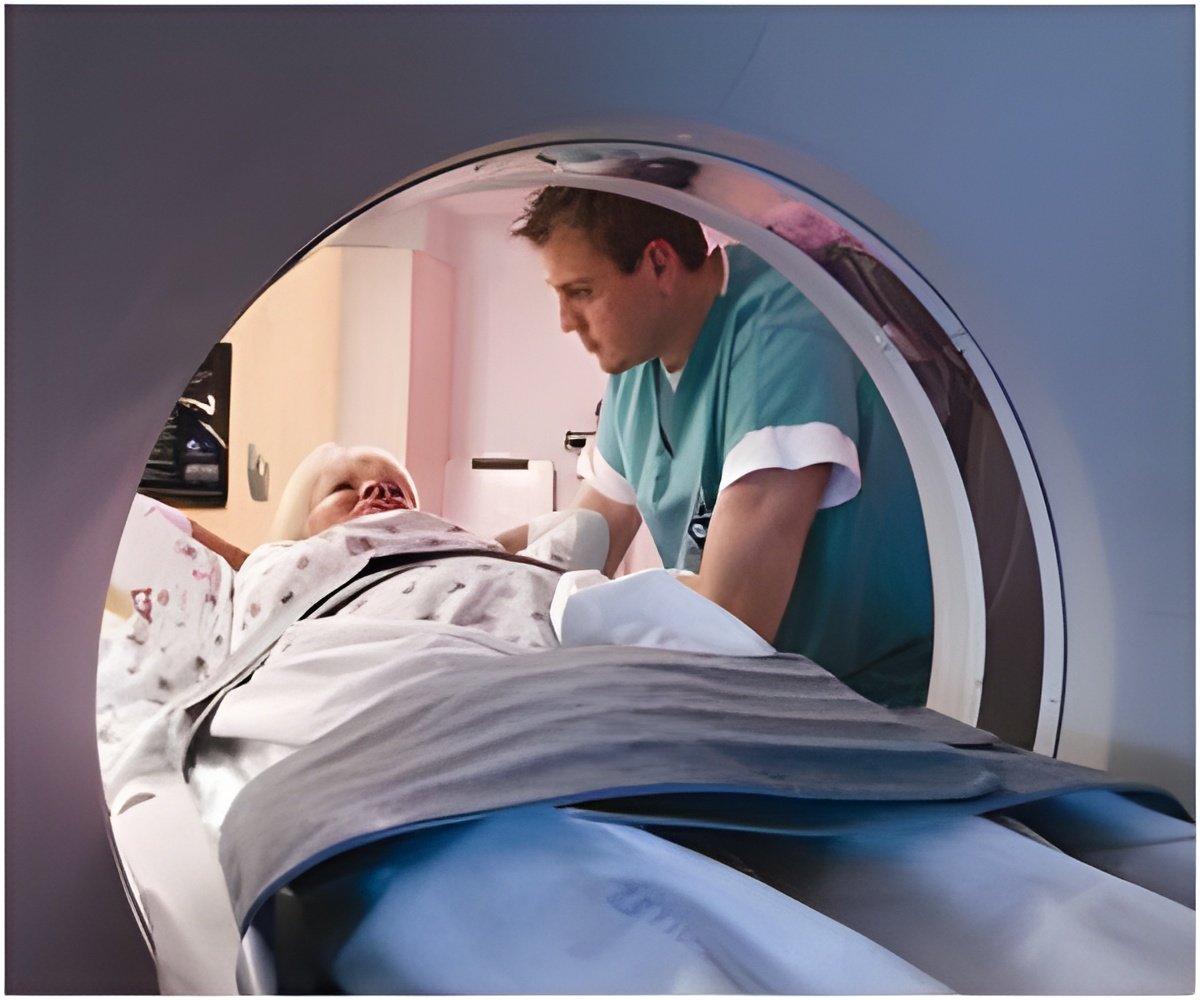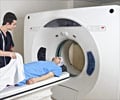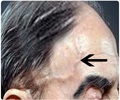Creating a phantom of a stenotic intracranial vessel was an essential step in the standardization of high-resolution MRI.

‘A plaque phantom composed of a stenotic vessel wall and plaque components was successfully constructed for multicenter high resolution MRI standardization.’





"There is a lot of exciting research that is possible with high-resolution MRI techniques, but it has much less opportunity to affect patient care if it can't be systematically distributed to multiple sites and multiple populations," says Tanya N. Turan, M.D., director of the MUSC Stroke Division and senior author of the article.To overcome this obstacle, Turan worked with bioengineers at the University of Massachusetts to produce a phantom of a stenotic intracranial vessel using imaging sequences obtained from a single patient with ICAD at MUSC. The 3-D printed ICAD phantom mimics both the stenotic vessel and its plaque components, including the fibrous cap and the lipid core. The phantom is being shared with collaborating institutions so that it can be used to standardize high-resolution MRI protocols. The imaging data presented in the Journal of NeuroInterventional Surgery article demonstrate the feasibility of using the phantom for standardization and were obtained from six U.S. and two Chinese sites.
Producing the phantom was a major step in the right direction for standardizing high-resolution MRI ICAD protocols. However, several more years may be necessary to complete the process. The next major challenge for these investigators will be establishing parameters for MRI machines from a variety of manufacturers. So far, MRI parameters have been established for Siemens and GE systems but work is still under way on Philips systems.
The phantom is also being shared with sites in China, where the burden of intracranial stenosis is especially high. Turan is collaborating with Weihai Xu, M.D., of Peking Union Medical College, the lead Chinese site, to collect additional data to assess interrater reliability among the participating institutions. Once high-resolution MRI protocols have been standardized and good interrater reliability demonstrated, the international team plans to conduct a prospective observational trial to examine risk prediction at participating centers, which would more quickly meet the required patient enrollment than would a trial conducted in the U.S. alone.
"We're only going to be able to advance the field more quickly if we work together," says Turan. "The phantom gives us the tool to be able to work together."
Advertisement












